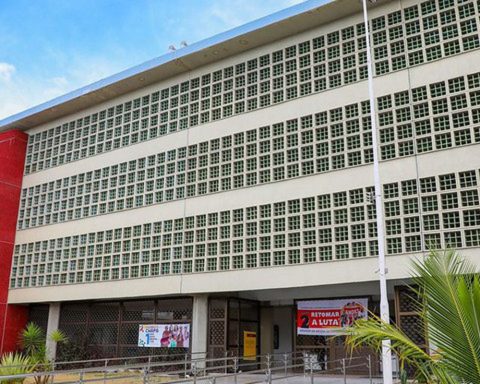The Ministry of Women is publishing a booklet on the National Pact for the Prevention of Feminicides, produced in partnership with the UN Womenwith the aim of preventing all forms of gender-based violence, discrimination and misogyny against girls and women, through the implementation of government actions in different sectors.
Divided into four parts, the guide shows the scenario of violence against women in Brazil, reporting the history of policies to combat the problem and provides explanations about gender stereotypes, empowerment and characteristics of gender-based violence.
The booklet also identifies and explains the most common types of violence against women, what are the primary and secondary characteristics of gender-based aggression and what are the differences between the types of femicide.
The guide can be downloaded from website of the Ministry of Women.
White Lace
This Friday (6), the National Day of Mobilization of Men to End Violence against Women is celebrated. Established in the country by Law No. 11,489/2007, the date is known as the Ribbon Arm Campaign and is part of the journey of 21 Days of Activism to End Violence against Womenand highlights that the engagement of men is a fundamental step towards eradicating gender-based violence.
The Ministry of Women has sought more dialogue with men through the permanent national mobilization for Zero Feminicide, which seeks to raise awareness and engage the different sectors of Brazilian society in the commitment to put an end to all forms of violence against women. Among the main partners in the action are football clubs, as reports of threats against women increased by 23.7% on days when one of the city’s teams plays, according to research carried out by the Brazilian Public Security Forum.
In November this year, the Ministry of Women and the Brazilian Football Confederation (CBF) signed the Letter of Commitment for Zero Femicide formalizing the entity’s adherence to the national mobilization, and the Technical Cooperation Agreement for the implementation of the No is No Protocol in sports arenas.
*Intern under the supervision of Marcelo Brandão















